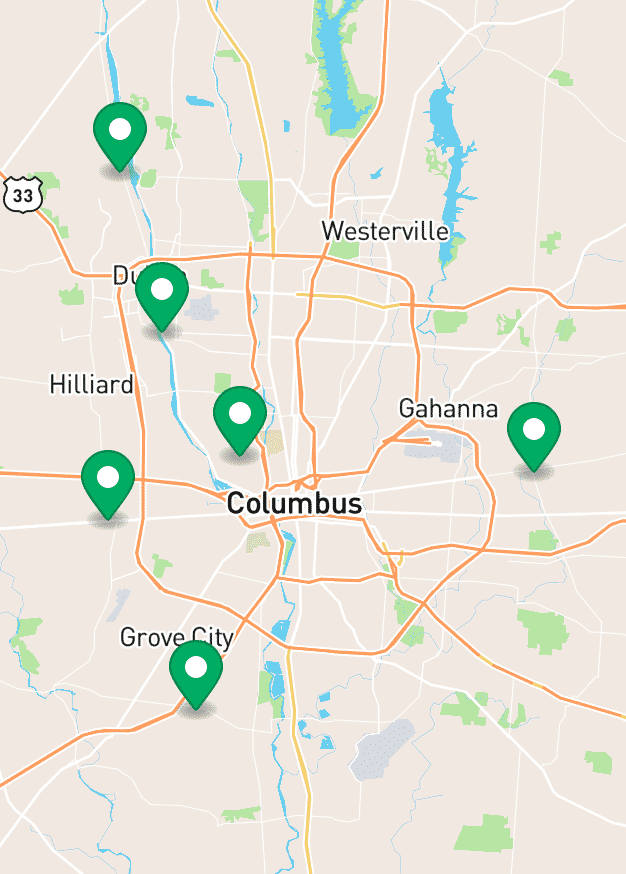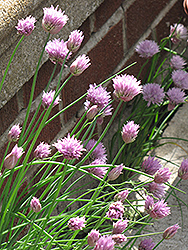6 inches
12 inches
9 inches


2b
Ornamental Onion, Flowering Onion
Giant Chives is primarily valued in the garden for its distinctive form, with the flower stalks towering over the foliage. It features bold balls of lightly-scented fuchsia flowers at the ends of the stems in mid summer. The flowers are excellent for cutting. Its fragrant narrow leaves remain green in color throughout the season.
Giant Chives is an open herbaceous perennial with tall flower stalks held atop a low mound of foliage. It brings an extremely fine and delicate texture to the garden composition and should be used to full effect.
This is a relatively low maintenance plant, and should only be pruned after flowering to avoid removing any of the current season's flowers. It is a good choice for attracting butterflies to your yard, but is not particularly attractive to deer who tend to leave it alone in favor of tastier treats. It has no significant negative characteristics.
Giant Chives is recommended for the following landscape applications;
- Mass Planting
- Rock/Alpine Gardens
- Border Edging
- General Garden Use
- Groundcover
- Herb Gardens
Giant Chives will grow to be only 6 inches tall at maturity extending to 12 inches tall with the flowers, with a spread of 9 inches. It grows at a medium rate, and under ideal conditions can be expected to live for approximately 5 years. As an herbaceous perennial, this plant will usually die back to the crown each winter, and will regrow from the base each spring. Be careful not to disturb the crown in late winter when it may not be readily seen!
This plant does best in full sun to partial shade. It does best in average to evenly moist conditions, but will not tolerate standing water. It is not particular as to soil type or pH, and is able to handle environmental salt. It is highly tolerant of urban pollution and will even thrive in inner city environments. This species is native to parts of North America. It can be propagated by division.













